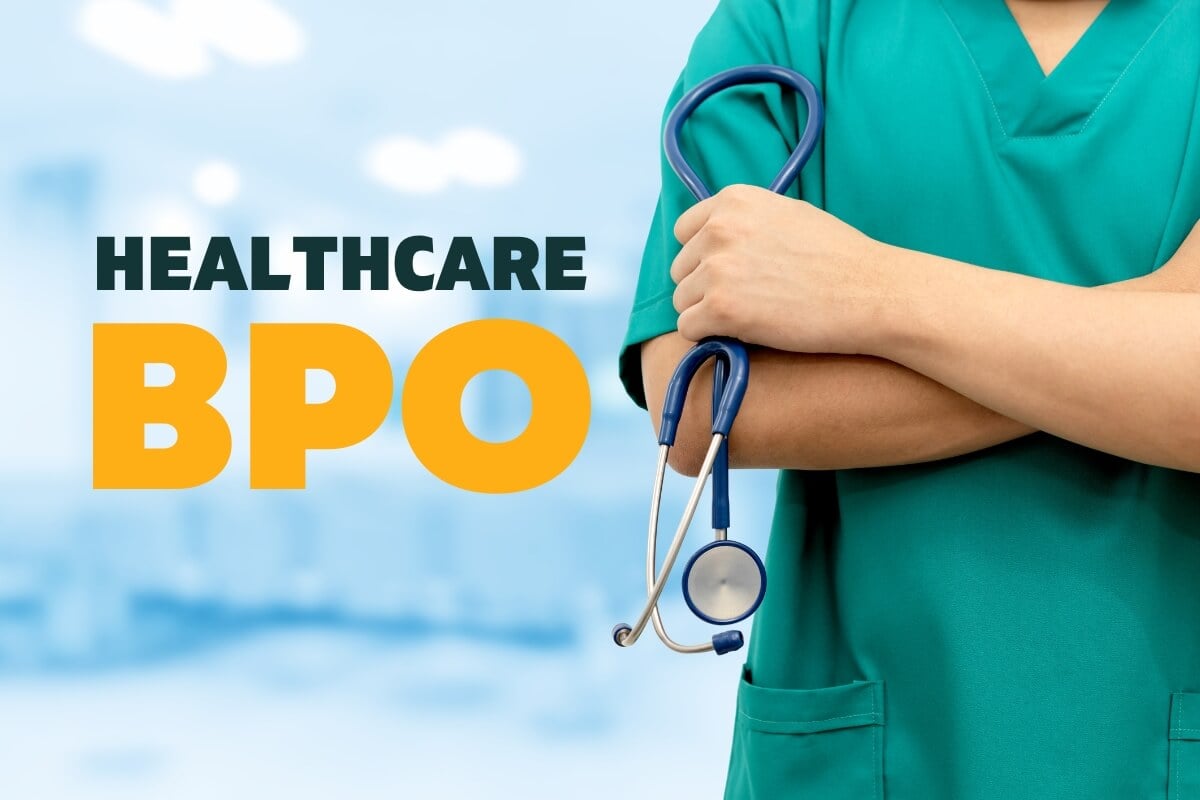A Comprehensive Guide on How Health Care RCM Functions to Streamline Invoicing and Collections
Navigating the complexities of medical care income cycle monitoring (RCM) is crucial for companies intending to enhance their payment and collections processes. The guide unloads the ins and outs of RCM, from individual enrollment to receivables monitoring, offering insights right into optimizing each step. Integrating advanced modern technology and standard treatments can considerably minimize insurance claim rejections and increase repayment cycles. Yet, real challenge hinges on flawlessly combining these elements to increase money circulation. As we explore the core components and approaches that drive performance, one question continues to be: just how can medical care entities ideal placement themselves to thrive financially in an ever-evolving sector?
Recognizing Earnings Cycle Management
Realizing the ins and outs of Profits Cycle Monitoring (RCM) is important for healthcare organizations intending to optimize their monetary performance. RCM is an essential administrative feature that includes the whole economic process of person treatment, from the first appointment setting to the final payment of the equilibrium. It is a complex procedure created to recognize, accumulate, and manage the profits from the services offered to patients. Efficient RCM makes sure that doctor obtain prompt and precise settlements, reducing the danger of profits loss and boosting cash flow.
The RCM procedure begins when an individual routines a visit and expands through the person's care trip, consisting of payment and collections. A key objective is to minimize the time between obtaining and offering a solution repayment, hence improving the organization's monetary health and wellness. RCM includes different functions such as client enrollment, insurance coverage verification, fee capture, coding, claims submission, repayment publishing, and handling allures and rejections.
Key Parts of RCM
In the realm of Revenue Cycle Administration (RCM), recognizing its vital parts is basic to accomplishing monetary effectiveness within health care organizations. RCM is an extensive procedure that includes different phases, each critical to making certain efficient billing and collections. The primary parts consist of patient registration, insurance confirmation, fee capture, coding, insurance claim entry, settlement uploading, and receivable monitoring.


As soon as coded, claims are submitted to payers, where accuracy is critical to prevent denials or delays - Healthcare RCM. Settlement uploading involves videotaping the received payments, which allows for the settlement of accounts. Finally, receivables monitoring focuses on monitoring and addressing unsettled claims, guaranteeing prompt follow-up and resolution
Each element of RCM is interconnected, and inadequacies in any type of part can interfere with the entire cycle. Consequently, understanding these aspects is essential for doctor to optimize revenue and boost their economic health.
Strategies for Effective Payment

Standardizing billing treatments throughout the organization is one more vital approach. Establishing clear guidelines for documentation, coding, and entry helps keep uniformity and conformity with governing requirements. Training staff routinely on these my website treatments guarantees every person is up-to-date with the most recent adjustments in payment codes and payer plans.
Exact fee capture is crucial in stopping earnings leakage. Implementing normal audits and surveillance systems enables the recognition and adjustment of discrepancies prior to they influence profits. Additionally, keeping open lines of interaction with payers helps to rapidly resolve any type of disagreements or misunderstandings that might emerge.

Lastly, interesting clients early in the payment process by providing clear estimates and academic materials about their monetary responsibilities can significantly decrease complication and enhance repayment timeliness. These strategies collectively add to a more efficient and economically healthy and balanced payment system.
Enhancing Collections Processes
Provided the complexities of medical billing and the range of payer demands, boosting the collections process includes implementing critical steps that ensure accurate and timely payment of services provided. Automation devices can help in tracking insurance claim standings, sending timely pointers to clients, and handling rejections much more effectively.
Educating team to comprehend the nuances of insurance coverage plans and payment codes is just as vital. This understanding empowers them to deal with billing inconsistencies rapidly and interact successfully with patients regarding their monetary obligations. In addition, clear and transparent patient interactions are important. Giving comprehensive explanations of costs and using adaptable layaway plan can boost person fulfillment and punctual repayments.
Regular audits of the collections procedure must be carried out to determine areas for renovation and make certain compliance with policies. By analyzing data, healthcare companies can determine fads, anticipate prospective concerns, and adjust strategies accordingly (Healthcare RCM). Inevitably, a well-enhanced collections procedure not just supports financial health but also adds to a much more seamless experience for people and staff alike
Optimizing Profits Streams
Building upon the structure of a strong collections procedure, health care companies can even more bolster their economic security by strategically maximizing revenue streams. This includes a multi-faceted technique, beginning with a detailed analysis of existing profits resources to identify ineffectiveness and locations for growth. Employing innovative data analytics tools makes it possible for organizations to acquire understandings into payer mix, person Visit This Link demographics, and solution utilization patterns, enabling data-driven decisions that improve earnings capture.
Applying automated billing systems can substantially decrease errors and expedite claims processing, making certain that earnings is gathered extra efficiently. In addition, optimizing payer contracts with normal settlements can enhance repayment prices and terms, straight affecting the lower line. Diversifying solution offerings, such as integrating telehealth or health programs, can additionally attract a wider patient base, therefore boosting profits possibility.
One more vital element is improving client involvement and fulfillment, as pleased clients are more most likely to adhere to treatment plans and make timely repayments. Supplying flexible settlement alternatives and clear billing techniques can improve collections and foster client commitment. Healthcare RCM. By adopting these methods, medical care companies can create a much more resistant economic framework, ensuring continual growth and stability in an ever-changing sector landscape
Final Thought
Finally, health care Earnings Cycle Monitoring (RCM) plays an important role in optimizing payment and collections processes by incorporating essential parts such as individual enrollment, insurance coverage confirmation, cost capture, coding, asserts submission, and balance due like this administration. By utilizing sophisticated innovation, systematizing procedures, and promoting person interaction, doctor can significantly minimize case rejections, increase settlement cycles, and boost capital. This extensive strategy to RCM eventually causes enhanced economic performance and sustainability for medical care organizations.
The RCM procedure starts when a client schedules a consultation and expands through the client's care trip, consisting of payment and collections.One more crucial part is boosting person involvement and contentment, as pleased patients are more likely to stick to therapy strategies and make prompt payments. Supplying adaptable settlement alternatives and transparent billing techniques can enhance collections and foster client commitment.In final thought, health care Earnings Cycle Management (RCM) plays an essential function in enhancing payment and collections procedures by incorporating key parts such as person enrollment, insurance verification, cost capture, coding, asserts submission, and accounts receivable administration. By employing innovative technology, systematizing procedures, and promoting client involvement, medical care providers can significantly decrease case rejections, increase payment cycles, and enhance money circulation.